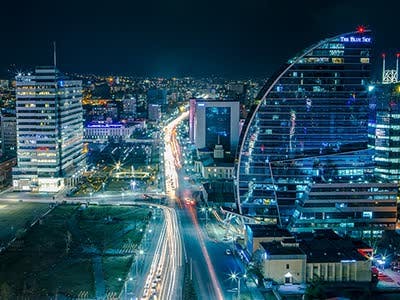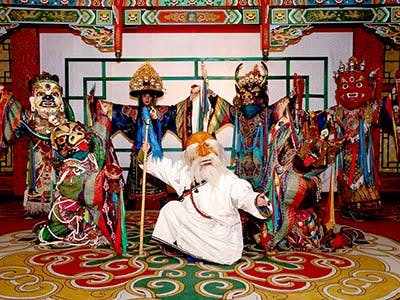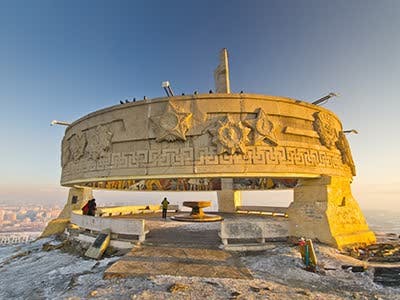Discover Mongolia’s dinosaur legacy at the Central Museum of Mongolian Dinosaurs, showcasing rare fossils and interactive exhibits in Ulaanbaatar.
Discover Ulaanbaatar, Mongolia’s vibrant capital city, blending ancient culture with modern life. A gateway to adventure, history, and hospitality.
Explore Mongolia’s rich Buddhist heritage at the Choijin Lama Temple Museum in Ulaanbaatar — a tranquil oasis of art, history, and sacred architecture.
Explore Sukhbaatar Square, the historic center of Ulaanbaatar, Mongolia—home to monuments, government buildings, and national celebrations.
Explore the Bogd Khan Winter Palace Museum in Ulaanbaatar, home to Mongolia’s last king and rich in artifacts, art, and royal history.
Explore Mongolia’s rich history at the National Museum in Ulaanbaatar—featuring artifacts from ancient times to the modern era.
Experience Mongolia’s finest traditional music, dance, and throat singing at Tumen Ekh Ensemble’s captivating live performances.
Climb Zaisan Hill Monument for stunning city views and learn about Mongolia’s WWII history through Soviet-era murals and memorials.
Discover Mongolia’s most important Buddhist monastery, Gandan, home to the majestic 26-meter Migjid Janraisig statue and daily monastic rituals.








